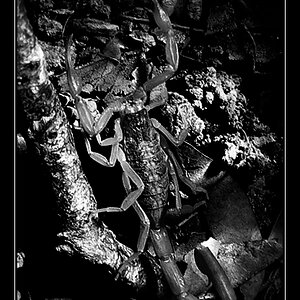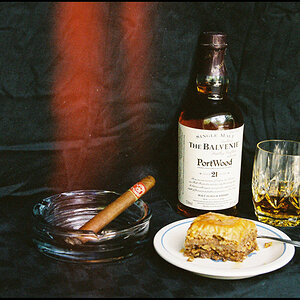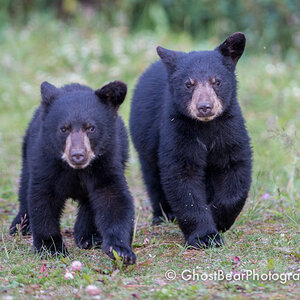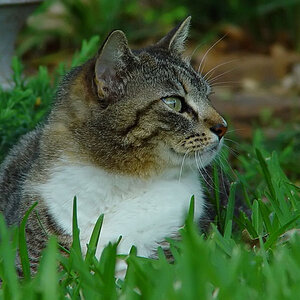jwhphoto
TPF Noob!
- Joined
- Sep 12, 2008
- Messages
- 40
- Reaction score
- 0
- Location
- Citrus Heights, CA
- Can others edit my Photos
- Photos OK to edit
What settings are generally used to create DOF? is it a larger aperture? I really am not sure how this works and would like some more information so i can try this out. Currently i only have a 18-135 mm lens, so is this lens able to do good DOF?
Thanks
jwhphoto
Thanks
jwhphoto






![[No title]](/data/xfmg/thumbnail/32/32630-d78de94d84be2acf57d5e0923482b4da.jpg?1619735552)
![[No title]](/data/xfmg/thumbnail/39/39509-3c2c5856429b4b8ff3cf44cd3b2afa8c.jpg?1619739064)
![[No title]](/data/xfmg/thumbnail/32/32165-6bb394c486dda7ec16d8fee786f03151.jpg?1619735234)

![[No title]](/data/xfmg/thumbnail/38/38263-ad5e4c9e677626ddb5b1e7cdf9ebe40e.jpg?1619738548)



![[No title]](/data/xfmg/thumbnail/36/36394-700ff78d7b45c663863e641a9bcf1fe1.jpg?1619737548)
![[No title]](/data/xfmg/thumbnail/41/41798-aacfc8368463d919cba743fe318706b6.jpg?1619739897)